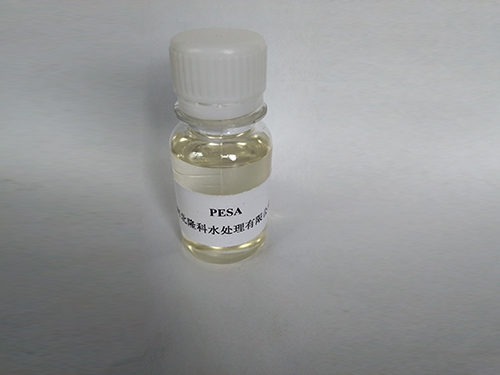Understanding the Processes of Coagulation and Flocculation in Water Treatment Systems
Coagulation and Flocculation Essential Processes in Water Treatment
Coagulation and flocculation are critical processes in water treatment that facilitate the removal of suspended particles, bacteria, and other contaminants, ensuring the production of clean and safe drinking water. These processes are widely used in municipal water treatment plants, industrial applications, and wastewater treatment facilities. Understanding the mechanisms and significance of coagulation and flocculation is vital for anyone involved in environmental management or water quality assurance.
The process begins with coagulation, wherein coagulants are added to the water. Coagulants, typically inorganic salts such as aluminum sulfate (alum) or ferric chloride, work by neutralizing the electric charges on finely suspended particles and colloids in the water. These particles, which include silt, clay, organic matter, and microorganisms, generally possess negative charges, causing them to repel one another and remain suspended. When coagulants are introduced, they destabilize the particles by neutralizing these charges, which allows them to come closer together.
Once coagulation occurs, flocculation follows. This stage involves the formation of larger aggregates, or flocs, from the smaller destabilized particles. Flocculation is typically achieved through gentle mixing, which encourages the agglomeration of the particles into a larger, more easily removable mass. The mixing process is crucial; it must be carefully controlled to create optimal conditions for floc formation without breaking apart the fragile aggregates. This is often done using mechanical paddles or aeration.
coagulation and flocculation

The next step is sedimentation, where the formed flocs settle to the bottom of a treatment tank due to gravity. The settled material, known as sludge, can then be removed, leaving behind clarified water. In many treatment plants, additional processes such as filtration and disinfection follow sedimentation to ensure the water meets health standards.
The effectiveness of coagulation and flocculation can be influenced by several factors, including pH, temperature, and the concentration of the coagulant. Operators must continually monitor these parameters to optimize the treatment process. For instance, the pH of the water significantly affects the charge of particles and the solubility of coagulants, requiring precise adjustments to achieve the best results.
Moreover, advances in technology and understanding have led to the development of alternative coagulants, including organic coagulants and synthetic polymers that may offer improved performance and reduced environmental impact. Research in this area is ongoing, with the aim of enhancing the efficiency of water treatment processes while minimizing chemical usage and associated costs.
In conclusion, coagulation and flocculation are indispensable processes in the field of water treatment. They play a significant role in ensuring the removal of contaminants, thereby protecting public health and the environment. As water scarcity and quality issues continue to challenge communities worldwide, ongoing advancements and optimizations in coagulation and flocculation techniques remain essential for sustainable water management practices.
-
LK-319 Special Scale And Corrosion Inhibitor For Steel Plants: Advanced Solutions for Industrial Water SystemsNewsAug.22,2025
-
Flocculant Water Treatment: Essential Chemical Solutions for Purification ProcessesNewsAug.22,2025
-
Isothiazolinones: Versatile Microbial Control Agents for Industrial and Consumer ApplicationsNewsAug.22,2025
-
Scale Inhibitor: Key Solutions for Water System Scale PreventionNewsAug.22,2025
-
Organophosphonates: Versatile Scale Inhibitors for Industrial Water SystemsNewsAug.22,2025
-
Scale and Corrosion Inhibitor: Essential Chemical Solutions for Water System MaintenanceNewsAug.22,2025





